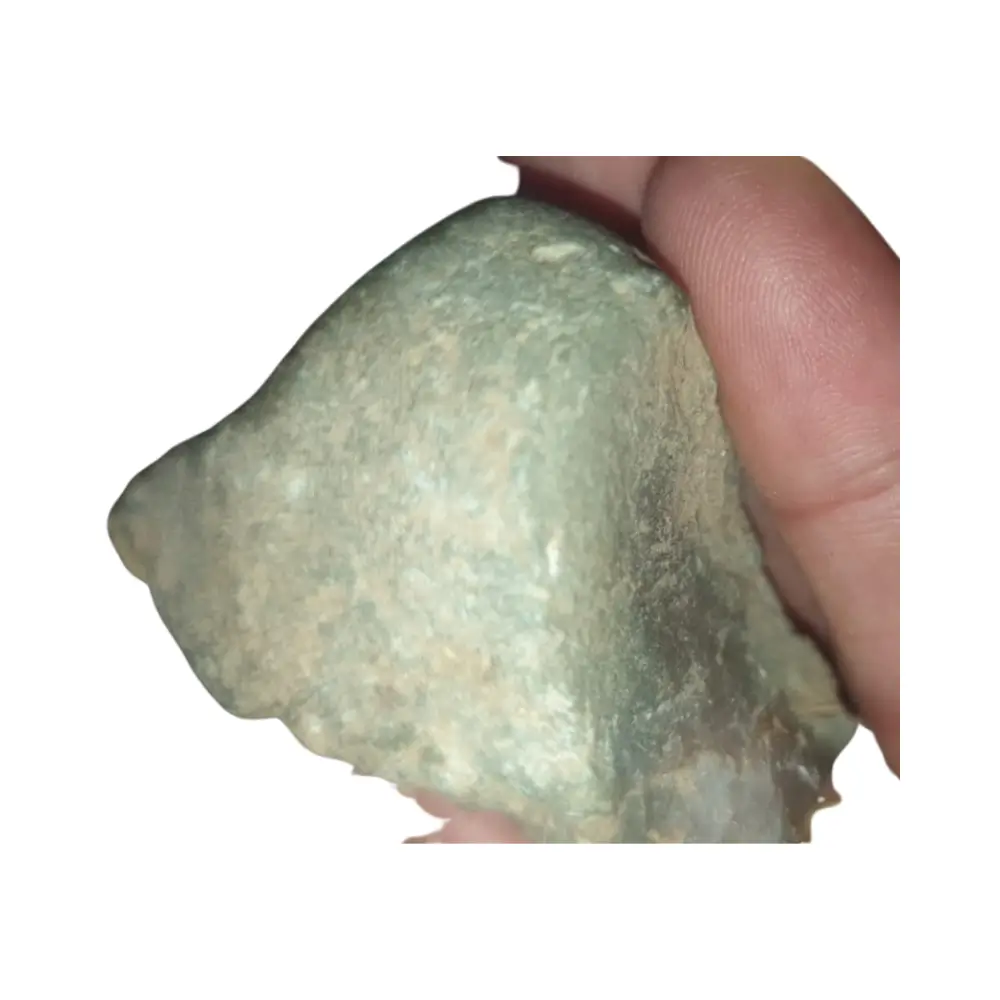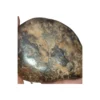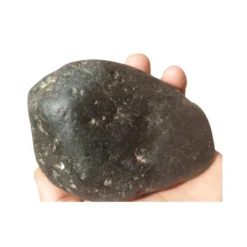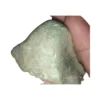Tissint
$ 8.000
Tissint fell in the Drâa-Tafilalet region of Morocco in July 2011 and was witnessed by several people. Its rapid recovery preserved its pristine condition. The meteorite contains organic compounds and evidence of aqueous alteration, making it key to understanding the Red Planet’s evolution.
On the night of July 18, 2011, a brilliant fireball lit up the skies over the Drâa-Tafilalet region of southeastern Morocco. Witnessed by nomads and locals, the meteorite fall culminated in a loud sonic boom followed by fragments raining down near the town of Tissint—thus giving the meteorite its name. Unlike many meteorites whose terrestrial histories are uncertain, Tissint’s fall was directly observed, allowing for the rapid recovery of its fragments in the days and weeks that followed. This quick collection preserved the meteorite in an exceptionally fresh and uncontaminated state, making it one of the most scientifically important Martian meteorites ever studied.
Tissint is classified as a Martian shergottite, a type of basaltic rock that crystallized from lava on Mars. Its dark fusion crust and interior matrix contain tiny pockets of glass and mineral inclusions that hold critical information about the Martian subsurface. Among the most significant discoveries in Tissint are the presence of carbon-rich organic compounds embedded within the rock. These organics are not the result of terrestrial contamination, as confirmed by isotope studies, but rather are thought to have formed on Mars itself.
Even more compelling is the evidence of aqueous alteration found within the Tissint meteorite. Microscopic analysis revealed mineral structures that were altered by interactions with liquid water, suggesting that water once played an active role in Mars’ geological history. This makes Tissint a vital piece in the puzzle of Mars’ past climate and potential habitability. The presence of both organic material and signs of water-driven processes elevates Tissint beyond a simple rock; it becomes a geological time capsule from Mars.
Today, Tissint is studied in leading laboratories around the world, from NASA to European research institutes. It continues to provide new insights into the Red Planet’s evolution, its volcanic activity, and the potential for life in its distant past. For scientists and collectors alike, Tissint represents not just a rare Martian sample but a direct and unaltered message from another world.









Reviews
There are no reviews yet.